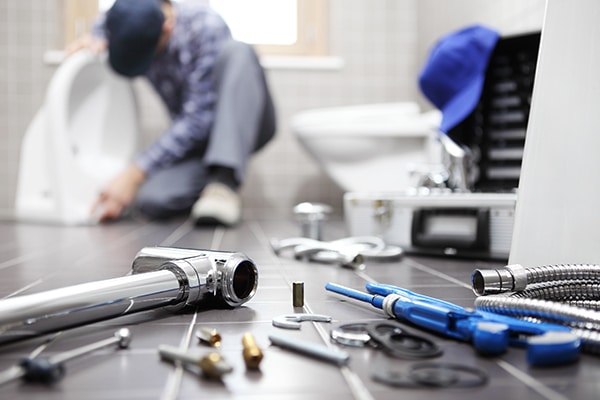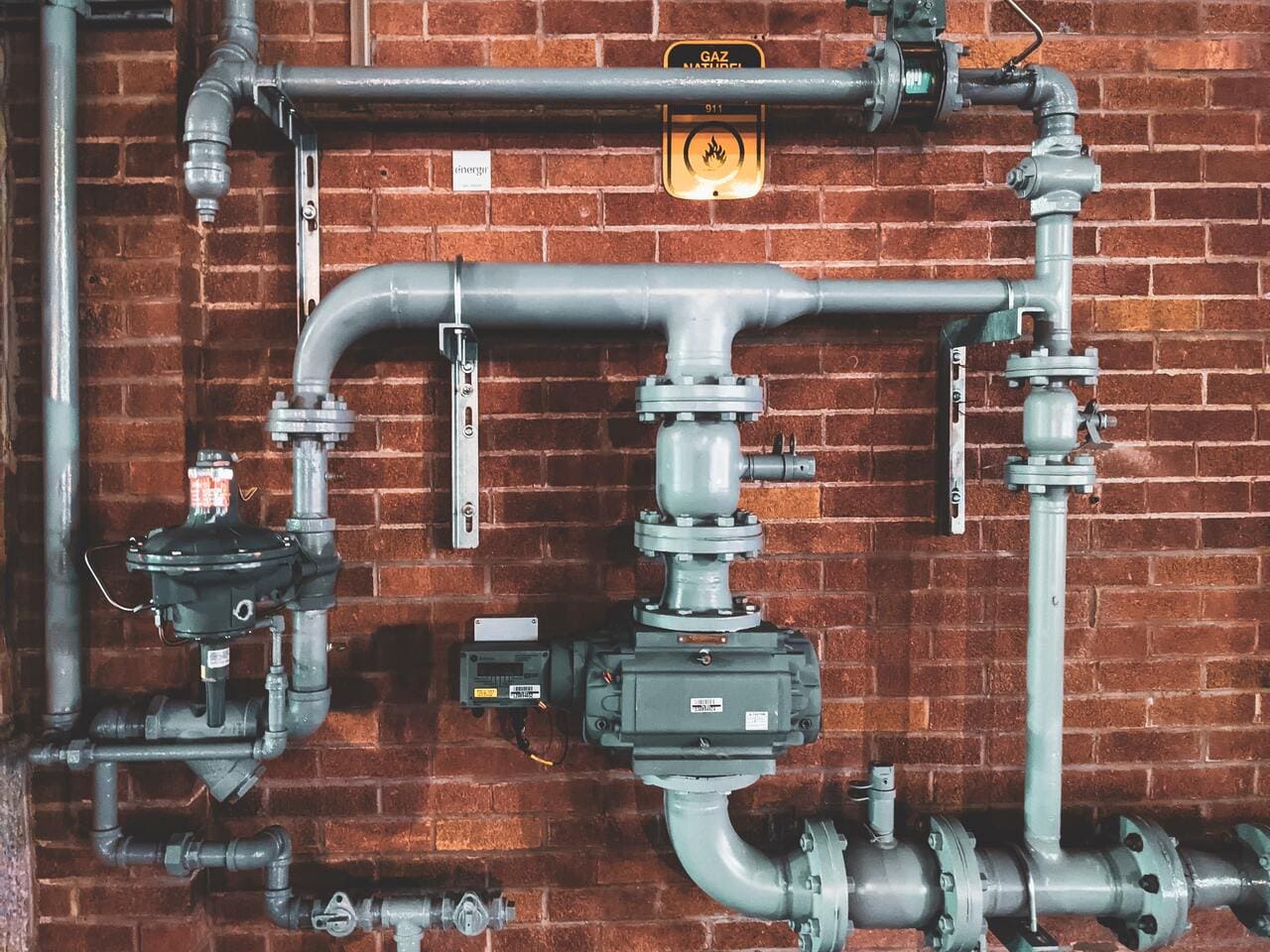The article following next pertaining to The Future of Plumbing: Trends and Innovations to Watch is indeed entertaining. You should check it out.

Intro
The pipes industry is going through a transformative stage driven by technological advancements and expanding issues for sustainability and efficiency. This article checks out emerging fads and advancements shaping the future of pipes.
Smart Pipes Solutions
Including clever innovation into plumbing systems enables remote surveillance, leak detection, and automated maintenance. Smart sensors and IoT (Net of Things) devices permit homeowners and plumbing professionals to keep track of water usage and discover problems in real-time, resulting in a lot more reliable source monitoring and positive upkeep.
Water Performance Solutions
With boosting focus on water conservation, cutting-edge options are being created to decrease water waste in plumbing systems. High-efficiency components, greywater recycling systems, and clever watering controllers are amongst the innovations helping customers minimize their water impact while maintaining comfort and convenience.
Sustainable Materials
The change in the direction of sustainability extends to plumbing materials, with a growing choice for eco-friendly alternatives. Eco-friendly piping materials, such as PEX (cross-linked polyethylene) and HDPE (high-density polyethylene), offer toughness and resistance to corrosion without jeopardizing ecological integrity.
Predictive Maintenance
Predictive maintenance techniques leverage data analytics and machine learning formulas to anticipate and avoid plumbing problems before they happen. By analyzing historic data and performance metrics, anticipating maintenance algorithms can recognize patterns and anomalies, enabling positive interventions to prevent pricey repairs and interruptions.
Augmented Fact in Plumbing
Enhanced Fact (AR) technology is transforming pipes by offering service technicians with real-time aesthetic advice for repairing and repair jobs. AR-enabled wise glasses or mobile applications overlay electronic info onto the physical setting, helping plumbing technicians picture pipeline designs, recognize concealed leaks, and implement repairs with precision.
Influence of 3D Printing
The advent of 3D printing has introduced brand-new possibilities in producing pipes components. From custom-designed components to detailed pipe fittings, 3D printing permits fast prototyping and on-demand production, decreasing preparations and allowing higher personalization in pipes style.
Health and Safety Characteristics
In response to increased concerns for health and wellness, plumbing fixtures are including features such as antimicrobial surfaces, touchless operation, and self-cleaning mechanisms. These innovations not only improve hygiene but also advertise user convenience and ease.
Hygiene-focused Components
Touchless faucets, self-sanitizing bathrooms, and antimicrobial surfaces are coming to be significantly widespread in property and business setups, lessening the danger of bacterium transmission and advertising a cleaner, healthier setting.
Water High Quality Monitoring
Innovations in water high quality surveillance modern technologies enable home owners to check the pureness and safety and security of their water in real-time. Smart water high quality sensing units can identify impurities, pH degrees, and temperature level variations, encouraging individuals to take positive procedures to make certain water safety and security.
Remote Pipes Providers
Remote diagnostics and virtual support are reinventing the way pipes services are delivered. Via video conferencing and remote access modern technologies, plumbings can repair issues, supply advice for DIY repair services, and even execute remote assessments, providing higher accessibility and comfort to house owners.
Obstacles and Opportunities
While pipes technologies hold enormous promise, they likewise present difficulties such as data personal privacy concerns, regulatory conformity, and the demand for workforce training. Attending to these difficulties requires cooperation between industry stakeholders and regulative bodies to make sure safe and accountable implementation of brand-new technologies.
Governing Landscape
Regulative structures play an important role in shaping the adoption of plumbing technologies, with standards and codes controling whatever from water effectiveness to product security. As modern technologies remain to progress, governing bodies have to adapt to make sure customer security and environmental stewardship.
Future Overview
The future of plumbing is identified by proceeded innovation and integration with other sectors such as IoT, renewable resource, and structure automation. By embracing lasting techniques, leveraging arising innovations, and focusing on user-centric layout, the pipes sector is positioned to deal with the evolving requirements of culture while minimizing its environmental footprint.
Final thought
In conclusion, the future of pipes is defined by a convergence of technology, sustainability, and user-centric layout. By accepting clever options, sustainable materials, and aggressive maintenance practices, the plumbing sector can boost effectiveness, promote safety and security, and contribute to a much more lasting future.
Plumbing Technology Trends 2024: Shaping a Sustainable and Efficient Future
Plumbing Technology: A Beacon of Innovation
Intelligent Plumbing Systems: The adoption of smart plumbing solutions offers unparalleled control over water usage, preventing waste and ensuring optimal efficiency. These systems can be installed by qualified contractors and may require technicians with expertise in new codes for proper functionality. Eco-Friendly Piping: Innovations in piping materials, like PEX and recycled content options, are making plumbing systems more sustainable. These materials are not only better for the environment but also durable and flexible, making them easier to install and less likely to need repairs. Automated Leak Detection: New plumbing technologies include systems that can automatically detect leaks. This is a big deal because it means we can fix them before they cause a lot of damage or waste too much water. It’s all about catching problems early and saving resources. Energy-Efficient Water Heaters: There’s also a big push towards devices that use less energy. This includes solar and tankless models, which provide hot water only when it’s needed, cutting down on energy use and costs. Plumbers: Champions of Sustainability
Adopting Green Practices: Contractors who specialize in sustainable plumbing can ensure your system meets the latest regulations and utilizes efficient valves. They undergo comprehensive training programs that emphasize sustainability in practices like eco-friendly installations. Water Conservation Efforts: Through the installation of high-efficiency appliances, plumbers are essential in reducing water consumption and promoting conservation. When repairing or replacing older fixtures, plumbers can recommend high-efficiency options that comply with local codes. Pipe: The Lifeline of Modern Plumbing
Innovative Pipe Solutions: The use of environmentally friendly and durable materials in pipes, like PEX and recycled content options, reduces the ecological footprint and enhances water quality. These innovative pipe solutions may require specialized repair techniques from qualified plumbers familiar with the materials. Advanced Leak Detection: Modern pipes are now more frequently equipped with sensor technology that can identify leaks early, conserving water and preventing damage. Early leak detection can save homeowners money on repair costs and potential water damage. Water Heater: At the Forefront of Efficiency
Renewable Energy Heaters: Solar heaters and other renewable energy-powered models are becoming more common, offering an eco-friendly alternative to traditional methods. These benefit the environment but can also potentially lead to lower water bills through reduced energy use. On-Demand Heating: Tankless heaters have gained popularity for their ability to provide hot water as needed, minimizing energy waste. This innovative technology eliminates the need for a large storage tank, freeing up valuable space and simplifying the installation process for qualified plumbers. https://intownplumbingtx.com/articles/plumbing-technology-trends/

I'm just very drawn to Innovative Plumbing Trends Transforming Construction and I really hope you appreciated the new article. I beg you take the time to promote this blog post if you appreciated it. I recognize the value of reading our article about 7 Plumbing Industry Trends You Need To Know.
Estimate